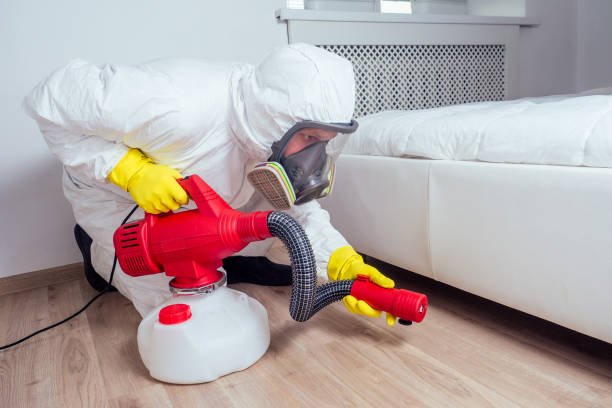Bed bug infestations can be incredibly frustrating and difficult to eradicate without professional help. While there are many natural and DIY remedies that claim to eliminate bed bugs, they are often ineffective and may even make the problem worse.
Chemical treatment for bed bugs is often the most effective method for eliminating bed bugs. Insecticides are commonly used to kill bed bugs and their eggs. In this article, we will provide an overview of the different types of insecticides used for bed bug treatment and their effectiveness.
Pyrethroids
Pyrethroids are a class of insecticides that are commonly used to kill bed bugs. They are derived from natural pyrethrins, which are found in chrysanthemum flowers. Pyrethroids work by disrupting the bed bug’s nervous system, which leads to paralysis and death.
While pyrethroids are effective against bed bugs, they have some drawbacks. Bed bugs have developed resistance to many pyrethroids, which means that they may not be as effective as they once were. Additionally, pyrethroids are toxic to cats, fish, and other non-target species.
Neonicotinoids
Neonicotinoids are a class of insecticides that are commonly used to kill bed bugs. They work by targeting the bed bug’s nervous system, which leads to paralysis and death. Neonicotinoids are considered to be highly effective against bed bugs and are often used in conjunction with other insecticides.
While neonicotinoids are effective, they have come under scrutiny in recent years due to their impact on bees and other pollinators. Some neonicotinoids have been banned in certain countries due to their negative impact on the environment.
Insect Growth Regulators
Insect growth regulators (IGRs) are a type of insecticide that work by disrupting the bed bug’s life cycle. They prevent bed bugs from developing into adults, which reduces the size of the infestation over time. IGRs are often used in conjunction with other insecticides to provide a more comprehensive approach to bed bug treatment.
IGRs are considered to be safe for humans and pets, but they may take longer to show results compared to other insecticides. Additionally, IGRs do not kill adult bed bugs, so they must be used in conjunction with other insecticides.
For more info visit our site:https://bedbugdetected.com/
Desiccants
Desiccants are a type of insecticide that work by drying out the bed bug’s exoskeleton. They are often used in conjunction with other insecticides to provide a more comprehensive approach to bed bug treatment. Desiccants are considered to be safe for humans and pets and are often used in sensitive environments such as hospitals and schools.
While desiccants are effective, they can take several weeks to fully eliminate a bed bug infestation. Additionally, desiccants are often more expensive than other insecticides.
Conclusion
Chemical treatment for bed bugs is often the most effective way to eliminate an infestation. However, it is important to use insecticides in a responsible manner to minimize their impact on the environment and non-target species. By understanding the different types of insecticides and their effectiveness, you can make an informed decision about the best approach to bed bug treatment. Always follow the instructions on the product label and consider seeking professional help for severe infestations.


